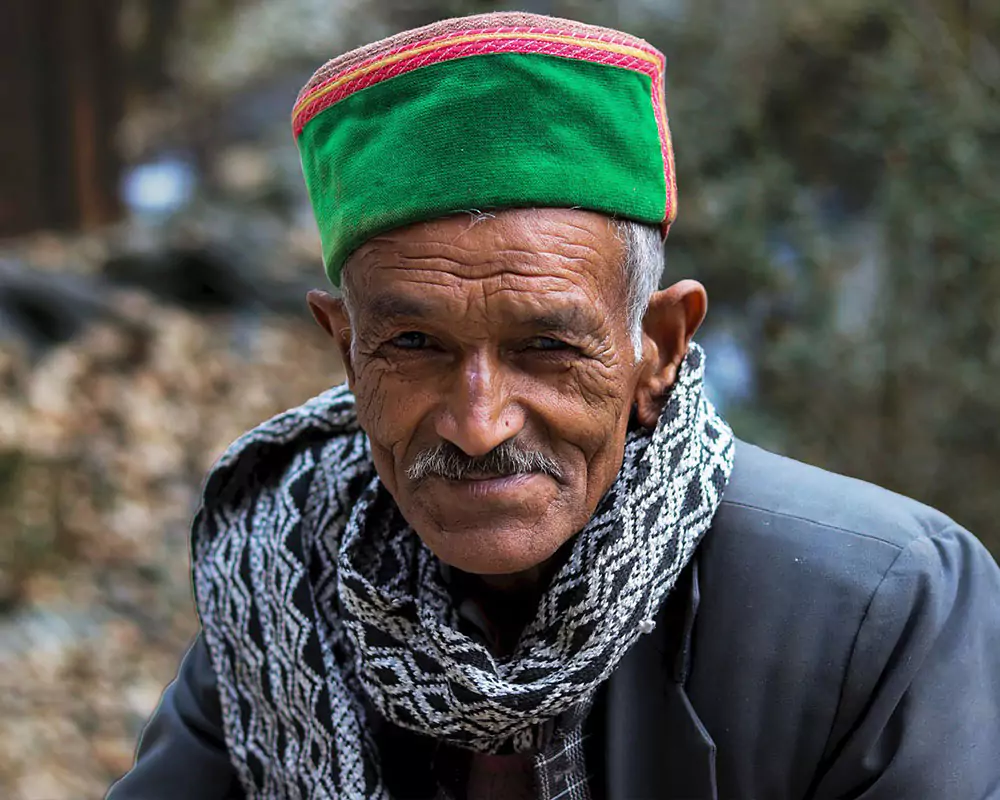About Arunachal Pradesh
Arunachal Pradesh is a northeastern state of India, known for its stunning landscapes, rich cultural heritage, and diverse ethnic groups.
History
– Ancient Times Arunachal Pradesh has a rich history dating back to ancient times.
-Medieval Period: The medieval history of Arunachal Pradesh is marked by the influence of various kingdoms and dynasties.
– Colonial Era: Arunachal Pradesh, then known as the North-East Frontier Agency (NEFA), came under British administrative control during the colonial period due to its strategic location bordering Tibet and Myanmar. T
Geography of Arunachal Pradesh
– Location Arunachal Pradesh is located in the northeastern region of India, bordered by Bhutan to the west, China to the north and northeast (Tibet Autonomous Region), Myanmar to the east, and the Indian states of Assam and Nagaland to the south.
– Topography: The state is characterized by its diverse topography, including the Eastern Himalayas in the north, hills and valleys in the central region, and plains in the south.
Arunachal Pradesh Festivals
Losar
Losar, also known as the Tibetan New Year, is one of the most important festivals celebrated by the Monpa tribe and other Tibetan Buddhist communities in Arunachal Pradesh. It usually falls in February or March and is celebrated with colorful rituals, prayers, traditional dances, and feasting.
Nyokum Yullo
Nyokum Yullo is the major festival of the Nyishi tribe, celebrated to invoke the blessings of the deities for a good harvest, prosperity, and well-being. It is usually observed in February and involves rituals, traditional dances, community feasts, and cultural performances.
Solung
Solung is the harvest festival of the Adi tribe, celebrated to mark the end of the agricultural season and to thank the deities for a bountiful harvest. It typically takes place in September and includes rituals, traditional folk dances like Ponung, community feasts, and sports competitions.
Dree Festival
The Dree Festival is celebrated by the Apatani tribe to appease the gods and goddesses for a bumper harvest and to drive away evil spirits. It is usually observed in July and involves rituals, traditional dances like Rikam Pada, community feasting, and cultural exhibitions.
Mopin
Mopin is a popular festival among the Galo tribe, celebrated to drive away evil spirits and to ensure a prosperous and healthy life. It is usually observed in April and includes rituals, traditional dances like Popir, offerings to the ancestors, and community feasting.
Arunachal Pradesh Foods
Arunachal Pradesh, with its diverse tribal communities, offers a rich culinary heritage.
1 Apong- Apong is a traditional alcoholic beverage made from fermented rice or millet. It is similar to beer and is an integral part of social and cultural gatherings in many tribal communities.
2 Momos- Momos are steamed dumplings filled with minced meat (such as pork, chicken, or beef) or vegetables. They are often served with spicy dipping sauces and are a favorite snack or appetizer in Arunachal Pradesh.
3 Zan- Zan is a traditional porridge made from millet or rice flour. It is cooked with water or milk and can be sweetened with sugar or flavored with ingredients like ginger or cardamom. Zan is a nutritious and filling dish commonly consumed for breakfast.
4Pika Pila:- Pika Pila is a spicy chutney or pickle made from bamboo shoots, chili peppers, and other local ingredients. It is often served as a condiment alongside main dishes and adds a burst of flavor to meals.
5 Gyapa Khazi- Gyapa Khazi is a traditional smoked meat dish prepared by the Adi tribe. It is made by smoking meat (usually pork) over a fire made from wood and herbs, giving it a distinct smoky flavor.

Arunachal Pradesh Traditions
Arunachal Pradesh, located in the northeastern part of India, is known for its rich cultural heritage and diverse traditions. Here are some aspects of the traditions of Arunachal Pradesh
1 Oral Traditions-Many tribes in Arunachal Pradesh have a strong oral tradition, passing down stories, legends, myths, and folk tales from generation to generation.
2 Traditional Attire –Each tribe in Arunachal Pradesh has its own distinctive traditional attire, adorned with intricate designs, motifs, and vibrant colors.
3 Festivals- Festivals play a significant role in the social and cultural life of the people of Arunachal Pradesh.
4 Traditional Music and Dance- Music and dance form an integral part of the cultural fabric of Arunachal Pradesh.
5 Craftsmanship- The tribal communities of Arunachal Pradesh are known for their exquisite craftsmanship and traditional art forms. Handicrafts such as handwoven textiles, bamboo and cane products, wood carvings, pottery, and traditional jewelry are highly valued and often reflect the cultural motifs and designs specific to each tribe.
6 Rituals and Beliefs- The indigenous tribes of Arunachal Pradesh follow various rituals and ceremonies related to agriculture, hunting, and spiritual beliefs.
Arunachal Pradesh Tourist Places
Arunachal Pradesh, often referred to as the "Land of the Dawn-Lit Mountains," is blessed with breathtaking natural beauty, rich biodiversity, and vibrant indigenous cultures.
1 Tawang Monastery- Situated at an altitude of about 10,000 feet, Tawang Monastery is one of the largest and most important monasteries in India.
2 Bomdila- Known for its picturesque landscapes, Bomdila is a charming town nestled in the Himalayan foothills.
3 Ziro Valley- Recognized as a UNESCO World Heritage Site for its unique Apatani cultural landscape, Ziro Valley is a verdant paradise surrounded by pine-covered hills.
4 Namdapha National Park- As one of the largest national parks in India, Namdapha is a haven for biodiversity.
5 Sela Pass- Located at an altitude of over 13,000 feet, Sela Pass is a breathtaking mountain pass that offers panoramic views of the surrounding snow-capped peaks.
6 Nuranang Falls- Also known as Jang Falls, Nuranang Falls is a majestic waterfall located near Tawang.
7 Parshuram Kund- Situated in the Lohit District, Parshuram Kund is a sacred pilgrimage site associated with Hindu mythology.







